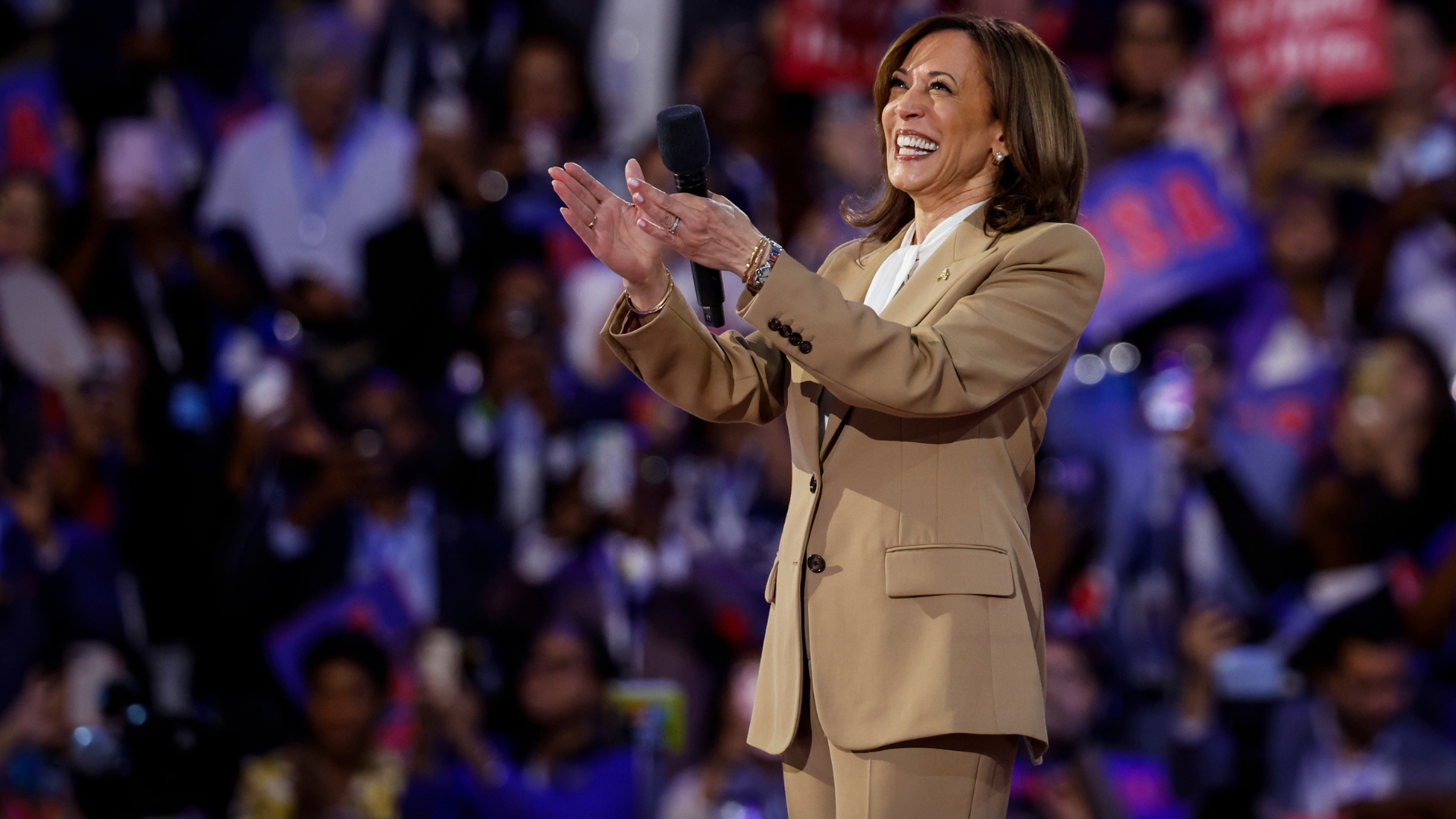
There’s a singular component within Kamala Harris’ presidential campaign that was executed ingeniously, regardless of whether you agree with her politics or not, her wardrobe. Despite the ramifications of the 2024 election, a second term for former President Donald Trump, Vice President Harris, and her fashion choices have left a lasting impression. Regalness pours out of the well-thought-out ensembles that were worn by the Democratic presidential candidate.
Harris’s outfits adhered to a uniform that she has made her own, usually, a silk press, a pantsuit, low heels or Converse sneakers, and some form of pearls, a nod to Alpha Kappa Alpha her sorority. Celebrity stylist and tailor duo Matthew and Reginald Reisman describe this as a very streamlined look. One that “exudes power and control,” they add.
Her heels conveyed a sense of sharpness, professionalism, and leadership, while her sneakers were relaxed but still serious enough to not undermine her campaign. Plus, they may have resonated with younger audiences who find it commonplace to wear sneakers into the office, as well as those who don’t wear formal shoes to work.
Despite her colorful background as a woman of Indian and Jamaican descent flashiness and bold colors did not find their way into her public-facing wardrobe. On the surface, Harris’s look might be perceived as rather plain. But, as Black Fashion History podcast host Taniqua Martin says, it’s intentionally basic. The truth is Harris’ style is bursting with nuance, particularly in her suits.
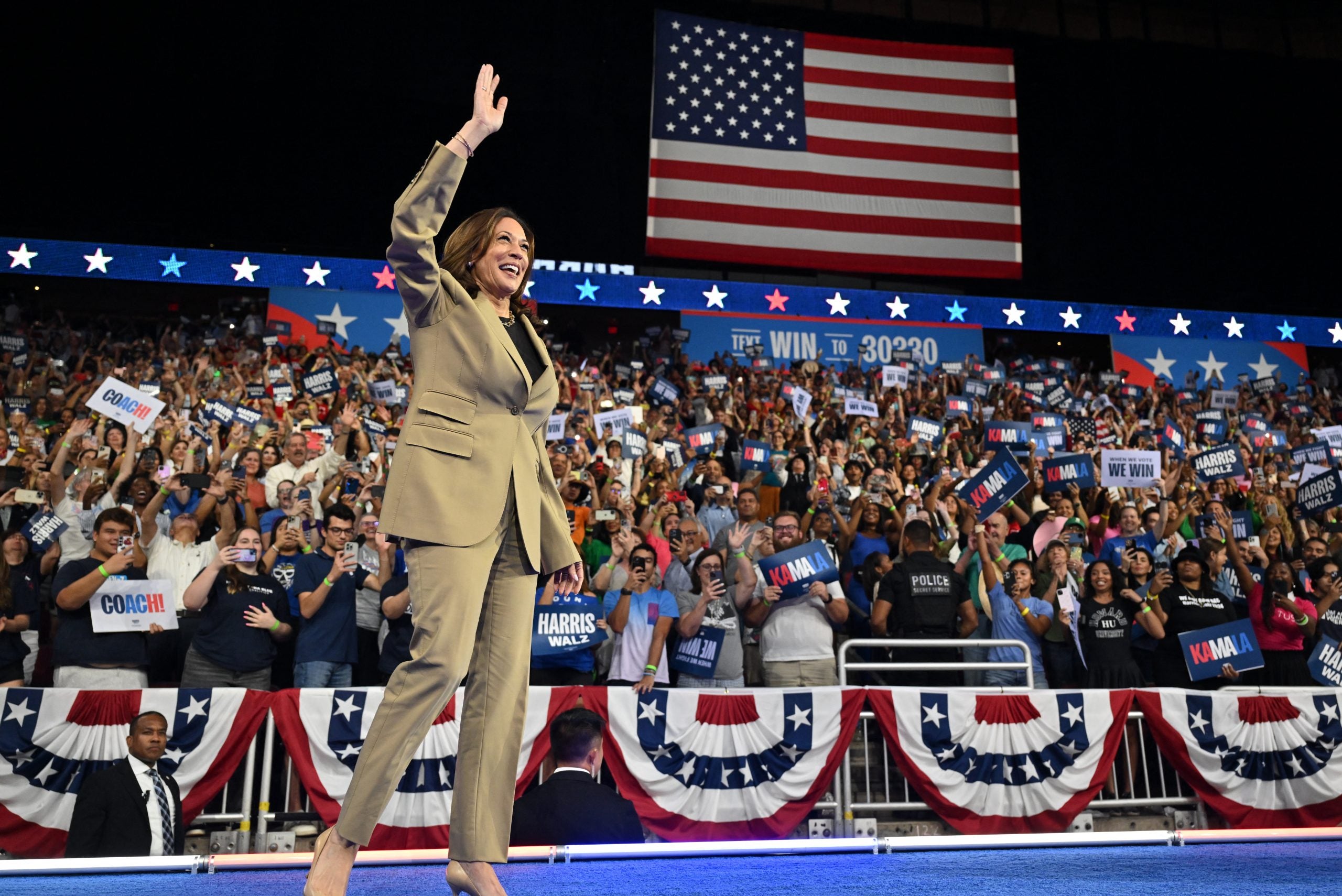
“She’s conscious of the fact that what she puts on her body and her clothing is always going to be part of the conversation,” Emma McClendon, assistant professor of Fashion Studies at St. John’s University tells ESSENCE. “She’s [been] engaging with it very intentionally, but also in this really playful mode. When people peel back the different layers of [her] garments, they discover little nuggets, like her coconut brown Chloé suit.” The suit was a nod to the viral ‘coconut tree’ meme.
As norm-core as Harris’s suits may appear, they’re full of details, particularly within their limited color palette and tailoring choices. Her shoulders are always padded, not to the level of making a fashion statement but always in a way that sharpens her silhouette and eliminates soft lines. Her pant legs maintain a straight silhouette and are cut long, amplifying an illusion of height. “There’s always something that asserts her gender,” McClendon notes. This often comes in the form of her blouses peeking from beneath her single-breasted blazer that always has an American flag pinned to the lapel.
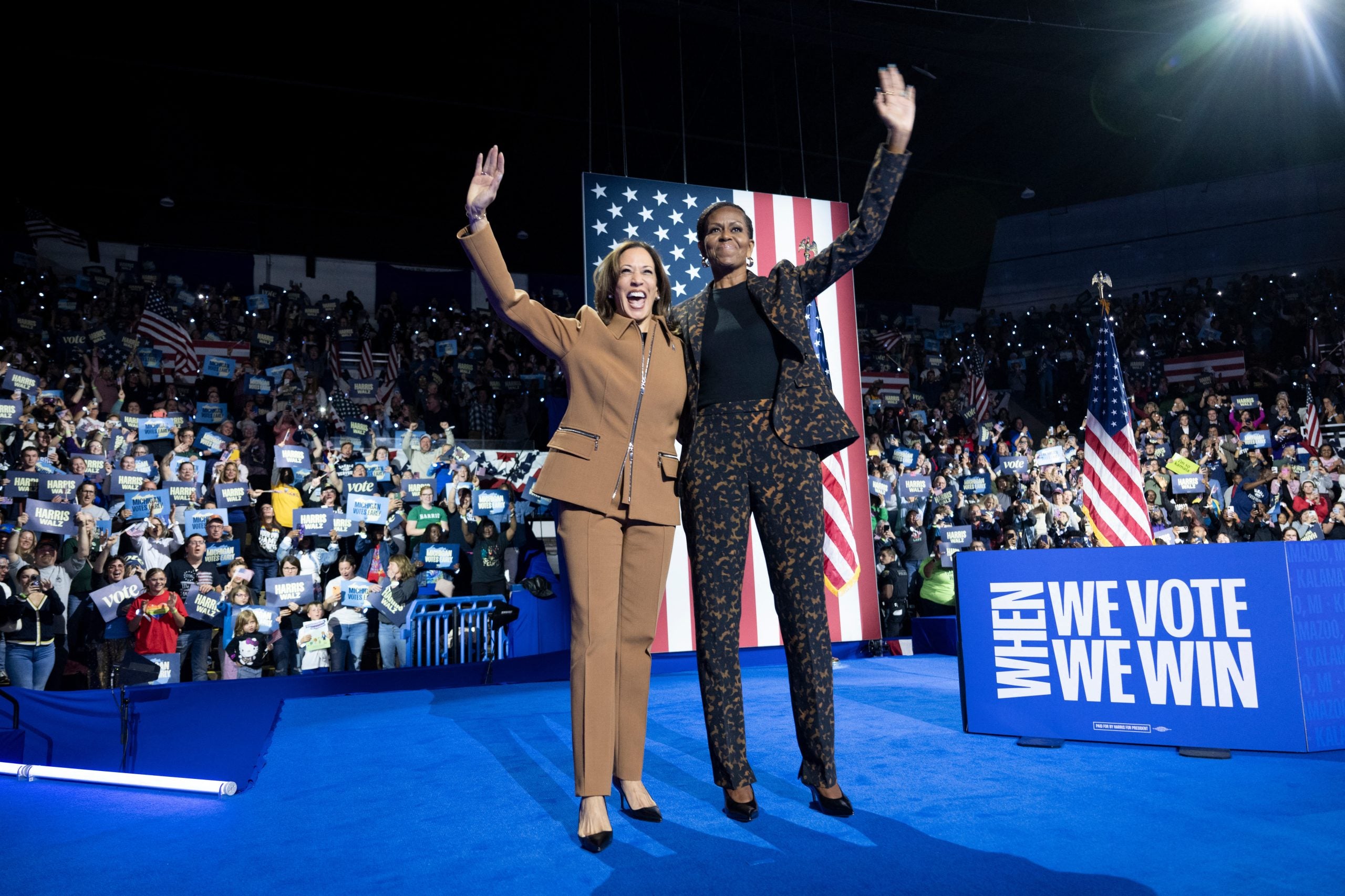
“It’s a hard thing to do, to look relaxed and to look comfortable, but also look polished. She also has to embrace femininity without compromising her authority,” Jonathan Square, assistant professor of Black Visual Culture at The New School shared. “She should be able to wear whatever she wants to wear, whether it’s feminine or not, and her authority shouldn’t be questioned. But in the misogynistic world that we live in, it’s a compromise that she has to make.”
Harris already made history as the first woman, Black person, and South Asian person to be the country’s Vice President. These identities are also some of the most targeted when it comes to stereotypes steered by vehicles of racism, sexism, and the nexus where they become misogynistic. Attacking a woman for what she wears is one of the easiest ways to attack her, be it an attempt to undermine her intelligence by being too fashionable, shame her body, or legitimize rape culture. Harris’s ability to craft an image that strategically empowers her platform and boosts her aura of strength–on a global stage is noteworthy. She is using her clothes to subvert the calculus of bias against her as a woman and woman of color in the sphere that she’s in.
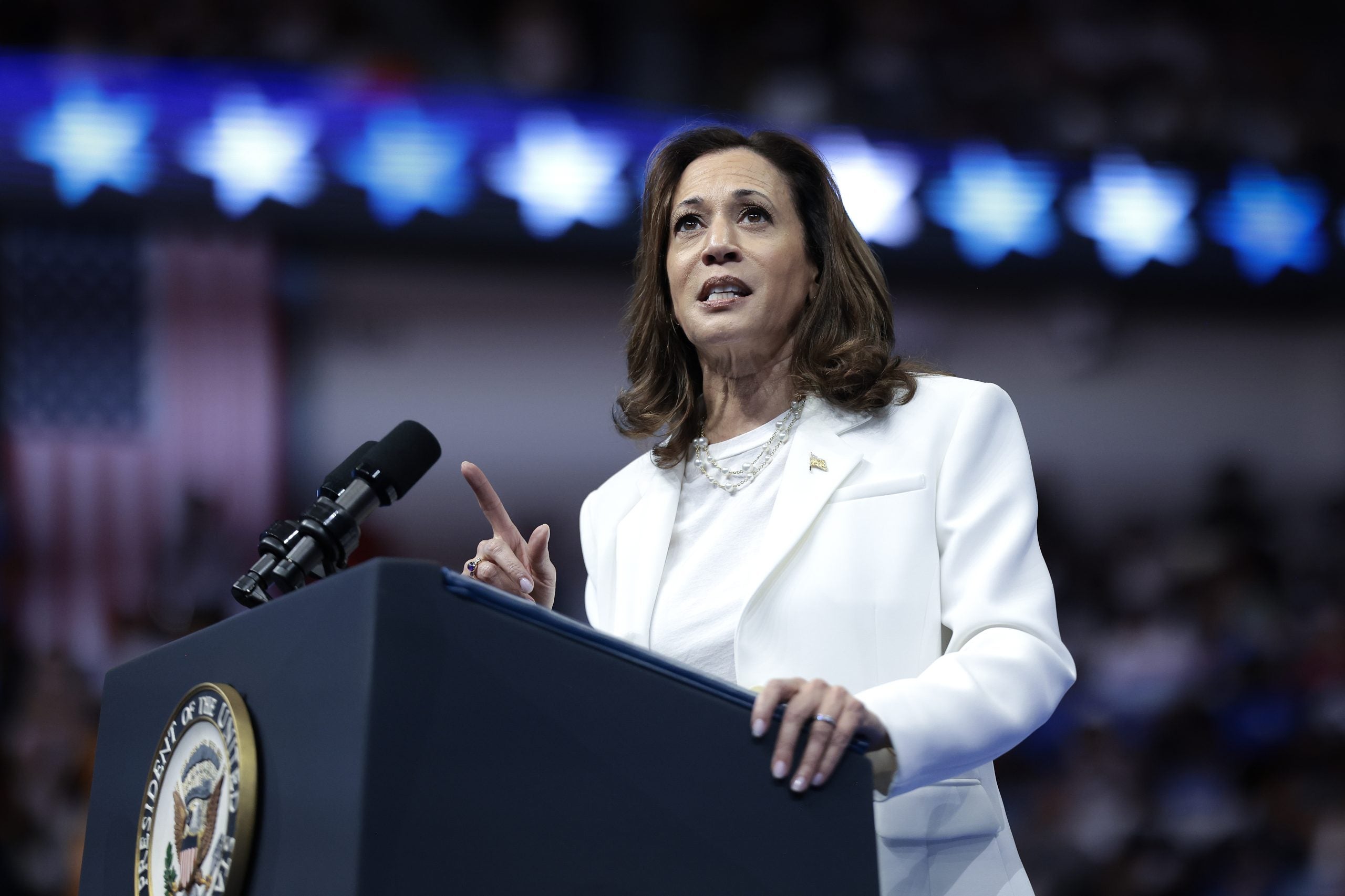
This uniform of hers is one she has perfected over the decades. Looking at older photos of Harris proves she’s stuck to the same template of a pantsuit with classic colors and fabrics. She may have experimented ever so slightly in previous years, but she’s honed in on it. With some help from her styling team as well, reportedly her style can be credited to Leslie Fremar. Fremar could not be reached for comment.
What makes it all work is how Harris remixes gendered elements. According to McClendon, author of Power Mode: The Force of Fashion she is “claiming this space and claiming femininity while also wearing the uniform of a politician, acknowledging the traditions and expectations in a traditionally male-dominated setting.”
She has created a public wardrobe around a suit. McClendon explains this is crucial to Harris’s public-facing self. She adds this is not her wearing traditional feminine clothing. It’s by embracing elements that push the presidential candidate into a realm of play. One point she notes is also spot-on. The campaign has been aiming to cultivate “a feeling of joy and optimism” through her clothing, added McClendon.
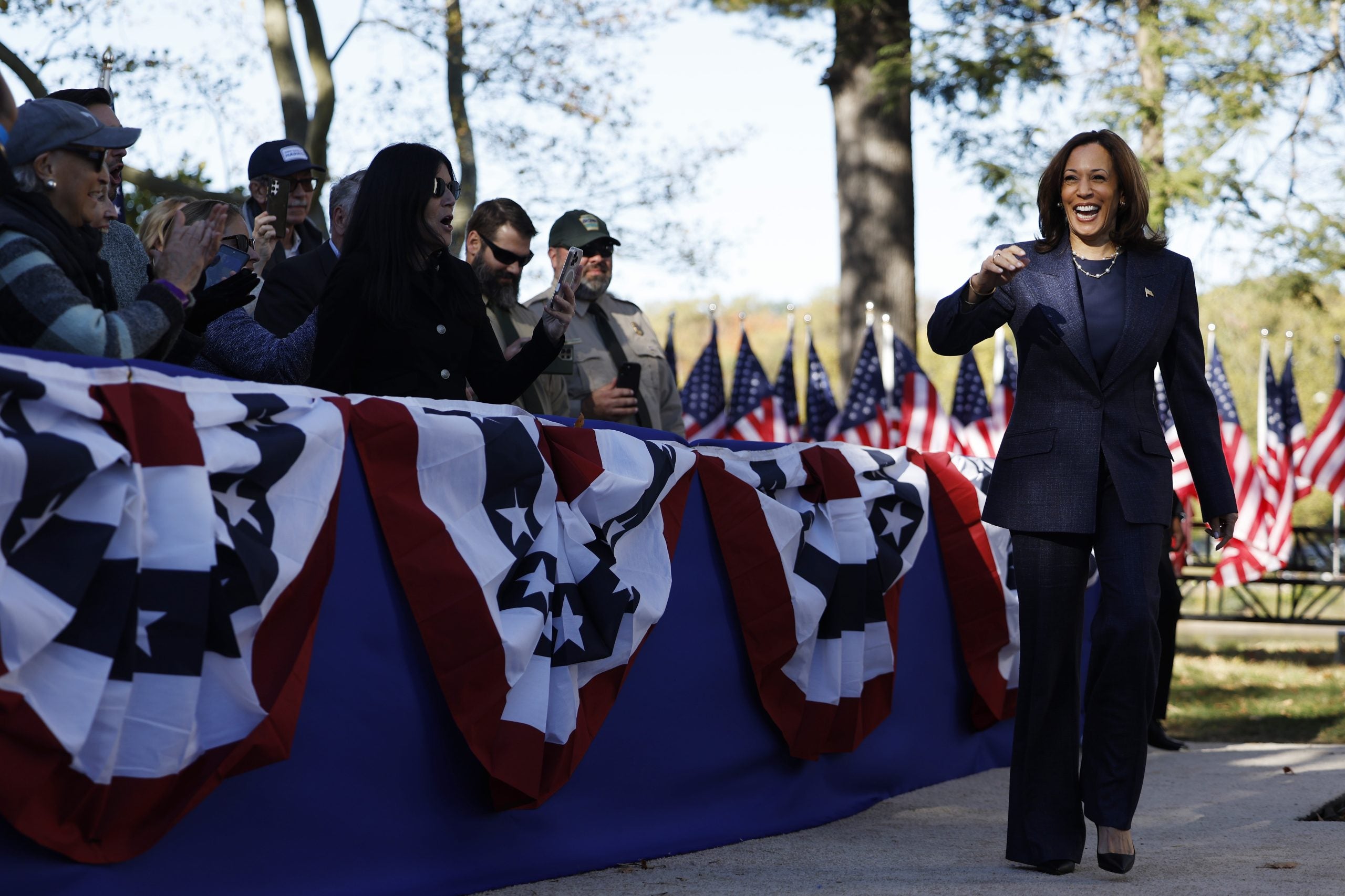
Clothes play an incredibly important role in politics. It’s evident in the ways former First Ladies have shaped fashion from Michelle Obama to Jackie Kennedy to the way they’ve let candidates make a statement without saying anything. On the campaign trail, we’ve seen former president Donald Trump use clothes as props, ditching his typically ill-tailored suits for a construction vest to troll President Biden’s comment about Trump supporters being “garbage.” Harris’s tailored template has become a shield.
“Women have been wearing suits to symbolize power, but the suit itself is by its very foundation a male garment. Historically, women wore suits to show their understanding and their adoption of a male understanding of power,” McClendon notes. “[Harris’s] choice of suits with accessories, layering, and colors suggests her showing us ways to evolve. I see her taking that tradition and adapting it and evolving it and showing a new path forward.”
Regardless of whether you agree with all of her politics, her style, especially for her presidential campaign is worth a study. Her ensembles offer a masterclass in dressing for power. Plus, they serve as an opportunity for fashion designers “to communicate their beliefs, to communicate their values, and to be a part of history as well,” Martin says.
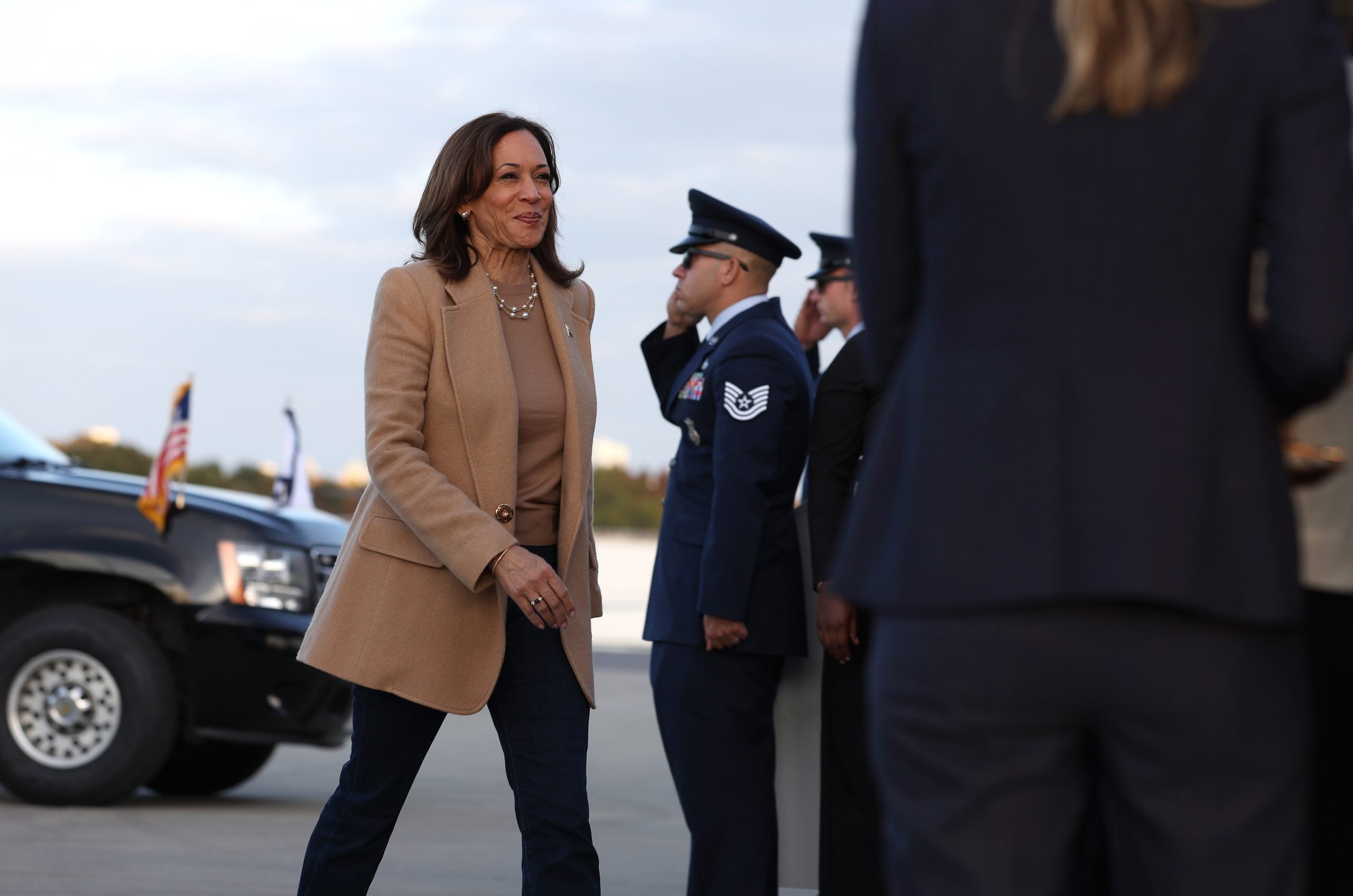
Scrutiny on Harris’s looks is slowly starting to bubble up. One critique was that her suits do not evoke feminine energy. For Square, this feels reminiscent of when Hillary Clinton was criticized for her over $10,000 Gucci suit. Women will always be scrutinized more than men for what they’re wearing, Reisman says, but the numbers are often inaccurate. “Men spend so much money on suiting, or even those ridiculously priced pens that they like to carry around and kind of like to boast to each other, and we never bat an eye. Plus, men’s tailoring alone has traditionally cost so much more than women’s in terms of suiting,” Matthew Reisman says, emphasizing hidden costs.
Shirley Chisholm may have been the first Black woman to run for the U.S., but it’s hard to say if there’s ever been anyone in Harris’s unique position, be it her identity or the current political context. She has carved it out for herself alongside her style team while laying the foundation for a new precedent in how women dress in politics. This is not because no woman has ever worn a suit, but it’s because of the precision at which she executes the look at her level of visibility.
Despite the current state of the election what was evident throughout Harris’s presidential campaign was how she utilized her clothing to convey messaging. Vice President Harris used her outfits to assert her leadership and warded off the mosaic of stereotypes often used against her race and gender. “Regardless of what happens, this will go down in history,” Martin says.